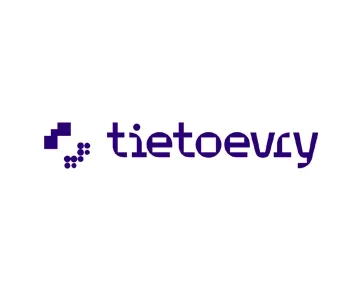Customer Videos
Learn How Riverbed Empowers the Digital Experience of Organizations Worldwide

Découvrez d’autres témoignages de clients
Des témoignages clients dans différentes industries
Filtre
LOADING...

Publishing Broadcasting and Internet
Future Publishing
Boosts Efficiency and Enhances Digital Employee Experience with Riverbed Aternity
Learn more
Finance and Insurance
Global Top 5 Bank
Global top 5 bank reduces monthly IT ticket volume by 30%, mean time to resolution by 20% by investing in Aternity
Learn more
Finance and Insurance
Arab National Bank
Enhanced network monitoring, improved visibility, and seamless troubleshooting during a major core banking system migration
Learn more
Finance and Insurance
Halkbank
Turkish bank delivers exponential digital banking growth and improves digital experience for users with Riverbed Network Observability and Riverbed Application Acceleration
Learn more
Technology
Tietoevry
Tietoevry ensures seamless transformation through Kanari DEX service powered by Riverbed Aternity
Learn more
Government
Ministère de l’Intérieur
L’état français améliore son infrastructure réseau et son efficacité opérationnelle, grâce aux solutions Riverbed
Learn more
Government
Richmond and Wandsworth Councils
Two local UK councils improve network application performance and employee experience across social care departments in a complex hybrid working environment.
Learn more
Manufacturing
Dow
Dow enhances digital experience and productivity through partnership with Kyndryl & Riverbed
Learn more
Architecture Engineering
Ingérop
Le groupe d’ingénierie français améliore la productivité de ses collaborateurs, réduit le trafic réseau de 50 % et économise 200 000 € par an sur ses coûts de bande passante.
Learn moreSelected Country/Language: English





